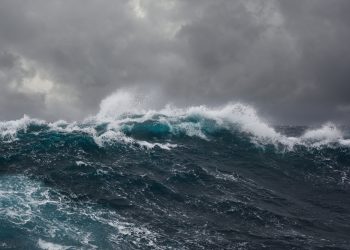The Skuld P&I Club notifies that recent olivine sand cargoes shipped out of certain Norwegian ports do not comply with the standards required by the IMSBC Code and warns on potential cargo liquefaction.
Olivine sand is not listed in the IMSBC Code and there is no Bulk Cargo Shipping Name (BCSN) for this product. In accordance with section 1.3 of the IMSBC Code, it can therefore only be carried if a special certificate from the competent authority in the country of loading is provided. For hazardous cargoes (Group A or Group B), the authorities of the flag state and the country of unloading will also have to be consulted.
Fine grade olivine sand (0-3 mm grain size) has been shipped as a Group C cargo, even though laboratory testing clearly shows that this is a Group A cargo liable to liquefy and/or form a wet base.
The IMSBC Code Appendix 3 indicates that any fine-grained, damp granular bulk cargo should be tested for flow characteristics, prior to loading.
The Skuld P&I Club would like to highlight the following issues:
- All members and charterers considering the carriage of olivine sand should to make sure that shippers provide a valid TML and moisture certificate before loading and that the testing laboratory and shippers’ procedure for controlling moisture content are certified by the competent authority of the country of loading.
- the cargo should be trimmed so as to meet the standards required for trimming of mineral concentrates, i.e. that the difference in height between the peaks and troughs in each hold does not exceed 5% of the breadth of the vessel.
- Due to the cargo’s propensity to form a wet base, the advice to trim the cargo applies even if the moisture content is below the TML.
- Due to the wet base nature of this product, the removal of any water accumulation in the bilges is advised, and this may require more frequent pumping than other Group A cargoes.
Source: The Skuld P&I Club

































































